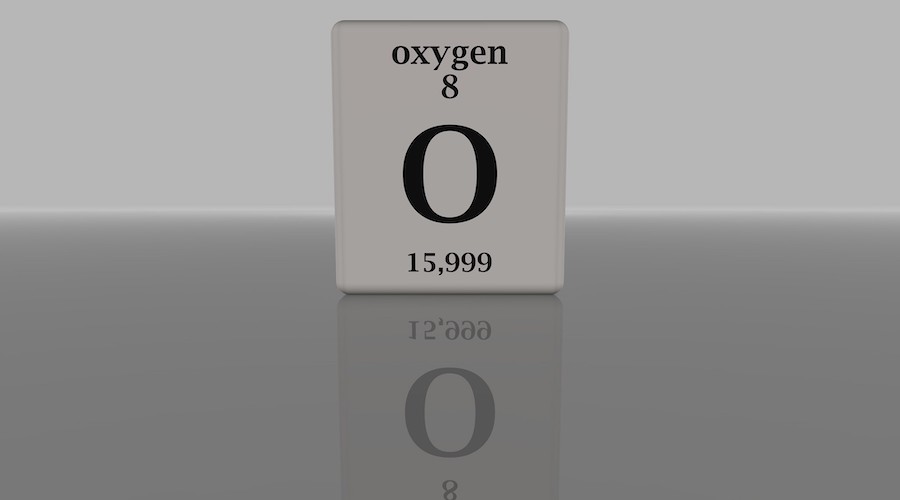Key improvement to lithium-air batteries unlocked

Researchers at Japan’s Tohoku University and their partners have developed a special type of porous carbon sheet called a graphene mesosponge sheet (GMS-sheet), which significantly improves the energy density and cycle stability in lithium-air batteries (Li-O2).
In a paper published in the journal Advanced Energy Materials, the scientists explain that lithium-air or lithium-oxygen batteries comprise a lithium metal anode, an organic electrolyte and a porous carbon cathode. During discharge, oxygen in the surrounding air reacts with lithium at the cathode, releasing energy in the process. Given their extremely high energy density (> 3500 Wh kg-1), Li-O2 batteries could potentially lead the way in generating greener sources for energy security.
Advances in the technology have stalled because specially designed carbon cathodes lack certain characteristics. Namely, abundant active sites where chemical reactions can take place, and space large enough to accommodate the nucleation and growth of discharge products, something necessary to achieve a high energy density.
This is where their invention comes in.
In the article, the researchers explain that the design of the porous structure for the carbon cathode is crucial for achieving high performance, even if it represents a major challenge.
“We creatively developed an angstrom-to-millimetre controllable synthesis of free-standing cathodes with minimally stacked graphene free from edge sites,” Hirotomo Nishihara, co-corresponding author of the paper, said in a media statement.
To do this, Nishihara and his colleagues rationally controlled three synthesis parameters during a Chemical Vapor Deposition (CVD) process: the pelletization force, the amount of Al2O3 template, and the CVD’s duration. Doing so resulted in a series of GMS-sheets with different porosity, amounts of carbon layers, and sheet thickness.
“It is interesting to see that the specific mass/areal capacities of Li-O2 batteries using GMS-sheets cathodes can be controlled by these three synthesis parameters,” Wei Yu, co-corresponding author of the paper, said.
“By optimizing these parameters, we’re excited to achieve impressive energy storage capacities, surpassing the performance of the best carbon cathodes, with more than 6300 milliampere-hours per gram and more than 30.0 milliampere-hours per square centimetre when normalized to the mass and area of GMS-sheets, respectively.”
The group explained that they were able to characterize the discharge-charge mechanism using comprehensive in situ techniques. This allowed them to unlock the key to superior battery performance: the hierarchical porous structure of GMS-sheet.
“We will continue to promote the practical use of Li-O2 batteries based on our GMS-sheet and our landscape also covers other metal-gas batteries such as Na-O2, Li-CO2, and Zn-O2 batteries, for which a high-performance carbon cathode is also needed,” Nishihara said.
{{ commodity.name }}
{{ post.title }}
{{ post.date }}

Comments